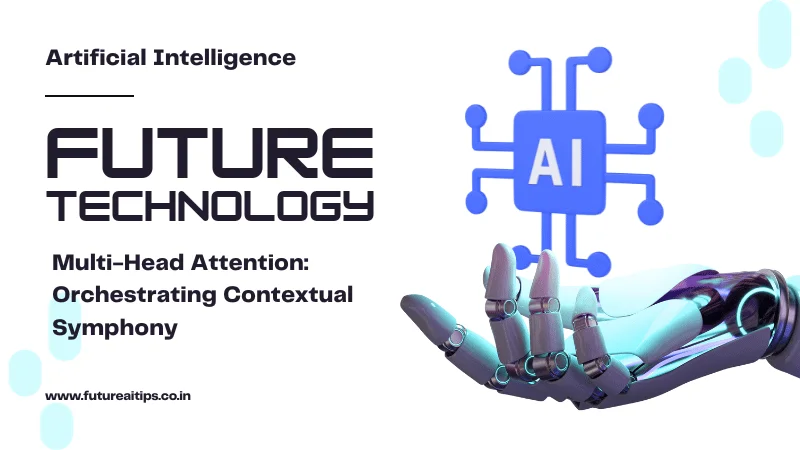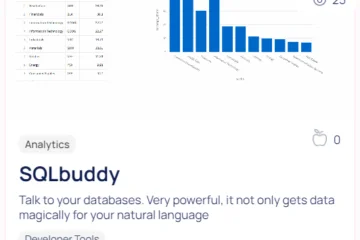Introduction to LLM large language model
LLM Large Language Model. In the vast landscape of artificial intelligence, Large Language Models (LLMs) have emerged as transformative entities, reshaping the dynamics of how machines comprehend and generate human-like language. At the core of their sophistication lies the deep learning architecture, notably the transformer architecture, propelling LLMs to the forefront of natural language processing (NLP) tasks. This comprehensive exploration aims to dissect the intricate layers of LLMs, shedding light on their architecture, training strategies, and showcasing exemplary models like GPT-3 and BERT.
The Foundation: Transformer Architecture

what is large language model The journey into understanding LLMs commences with a deep dive into the transformer architecture. A revolutionary leap in the evolution of NLP models, transformers leverage self-attention mechanisms to process input sequences in parallel, enabling them to capture long-range dependencies effectively. This pivotal innovation has paved the way for LLMs to excel in tasks requiring nuanced understanding of context, semantics, and syntax.
Two-Step Mastery: Pre-training and Fine-tuning
LLMs embark on a dual-phase journey towards mastery, commencing with pre-training. In this phase, models are exposed to vast volumes of textual data, absorbing general language patterns and nuances. The resulting knowledge forms the bedrock on which LLMs stand, endowing them with a broad understanding of language. The subsequent fine-tuning phase refines the model’s capabilities, tailoring it for specific tasks or domains. This adaptive two-step process ensures LLMs are versatile and adept across diverse applications. language models in artificial intelligence
Magnitude Matters: Large Model Size
Read More About LLM
The sheer size of LLMs is a testament to their learning prowess. Boasting an extensive number of parameters, often reaching into the billions, these models have the capacity to capture intricate language patterns at an unprecedented scale. However, the colossal size brings computational challenges, necessitating robust infrastructure for training and deployment. The payoff, though, is a model capable of generating coherent and contextually rich text. llm large language model
Multi-Head Attention: Orchestrating Contextual Symphony

A hallmark of transformer-based architectures is the incorporation of multi-head attention mechanisms. This innovation allows LLMs to attend to different parts of the input sequence simultaneously, capturing complex relationships within the data. The orchestration of contextual information through multi-head attention contributes to the models’ prowess in tasks such as language translation, summarization, and sentiment analysis.
Transfer of Knowledge: The Underpinning Principle
LLMs owe their success to the strategic transfer of knowledge during the pre-training phase. By exposing the models to diverse datasets, they learn general language patterns, enabling them to navigate the complexities of human expression. This transfer of knowledge is the linchpin that empowers LLMs to understand context, generate meaningful responses, and adapt to a myriad of language-related tasks. language models in artificial intelligence
Exemplars of Excellence: GPT-3 and BERT
No exploration of LLMs is complete without acknowledging exemplars that have set new benchmarks in the field. GPT-3, developed by OpenAI, stands as a colossal giant with a staggering 175 billion parameters, showcasing the epitome of large-scale language modeling. Its versatility spans from natural language understanding to creative text generation. On the other hand, BERT, developed by Google, introduced bidirectional context understanding, revolutionizing the representation of words and their relationships in language. large language model Examples llm large language model
Conclusion

In conclusion, Large Language Models, anchored in transformer architectures, represent a watershed moment in artificial intelligence. Their ability to understand and generate human-like language has far-reaching implications across industries. As LLMs continue to evolve, driven by a combination of architectural innovations and strategic training methodologies, their impact on natural language processing tasks is poised to deepen, ushering in a new era of linguistic dexterity in machines. GPT-3 and BERT, among other models, stand as testament to the remarkable capabilities that LLMs bring to the forefront of AI, illuminating a path towards more advanced and nuanced language understanding in the digital realm.
Read More
- What is Deepfake AI | Is Deepfake legal in India

- How AI can helpful at Ram Mandir Ayodhya Safety on January 22, 2024

- How Infosys loses $1.5 billion AI contract from global customer

- What is RAG Model ? How does rag work ? Future of Technology

- What is LLM large language model | Important LLM’s in 2023

- What happens if you go on the dark web | Is dark web illegal in India 2023?











0 Comments